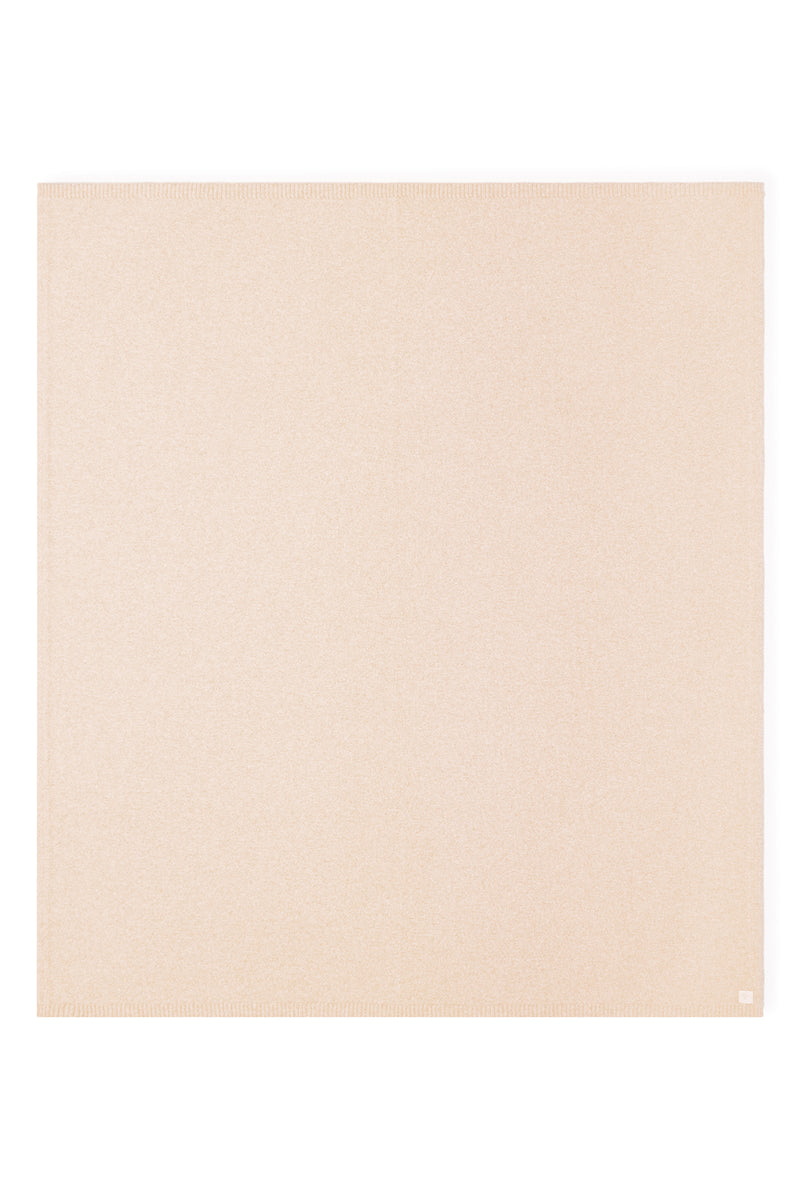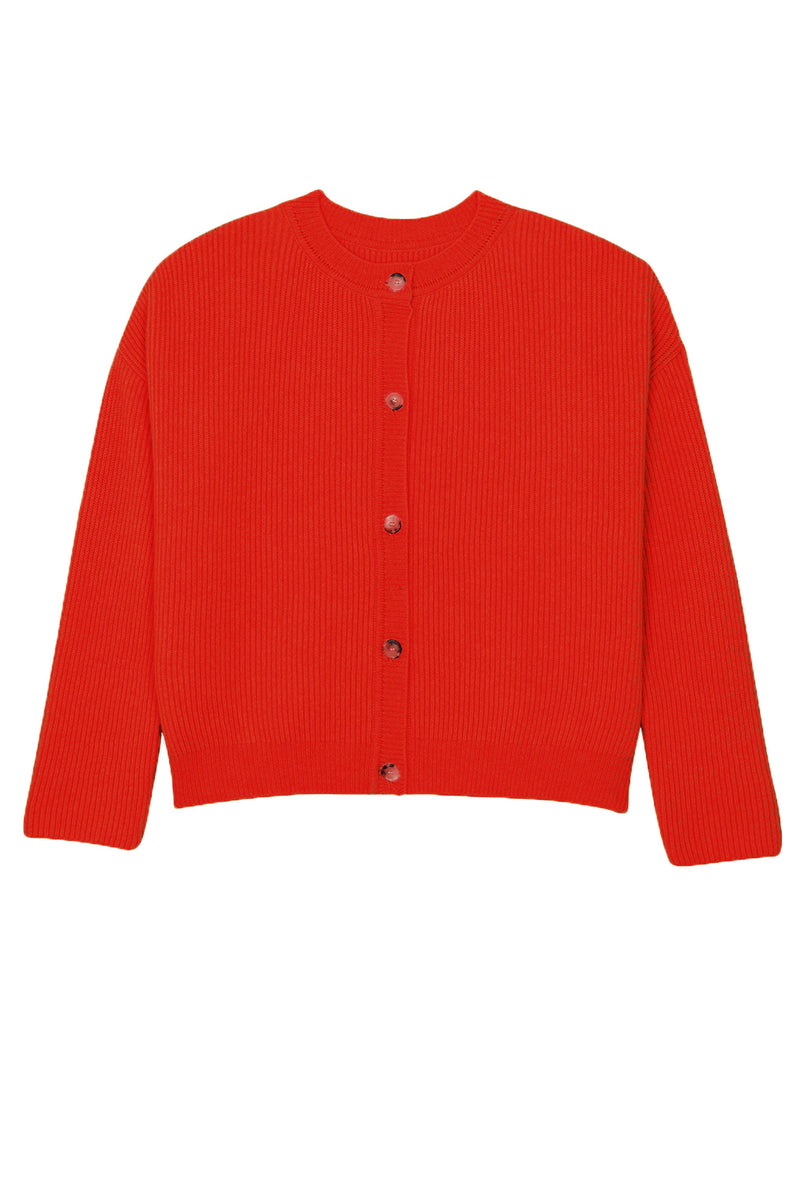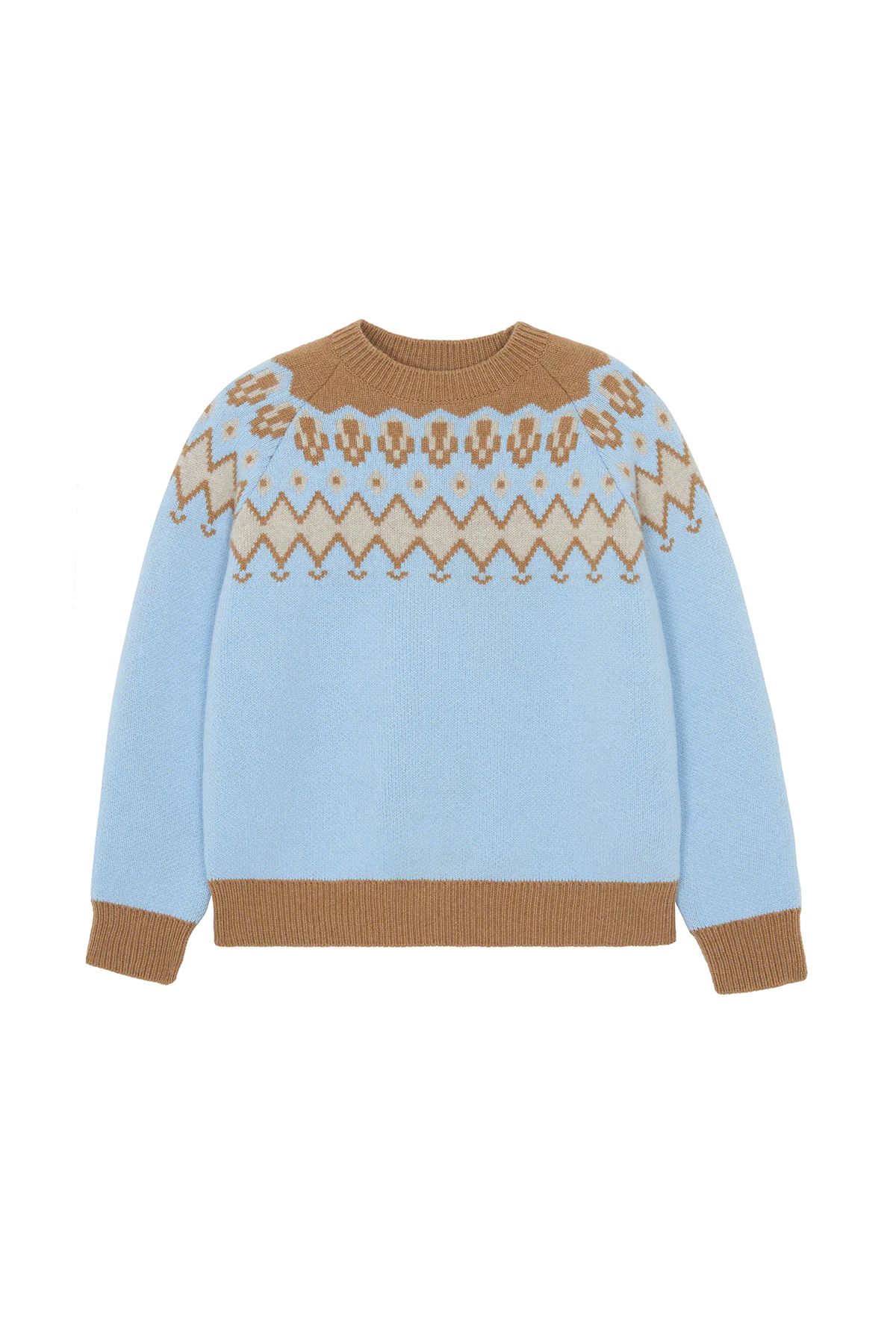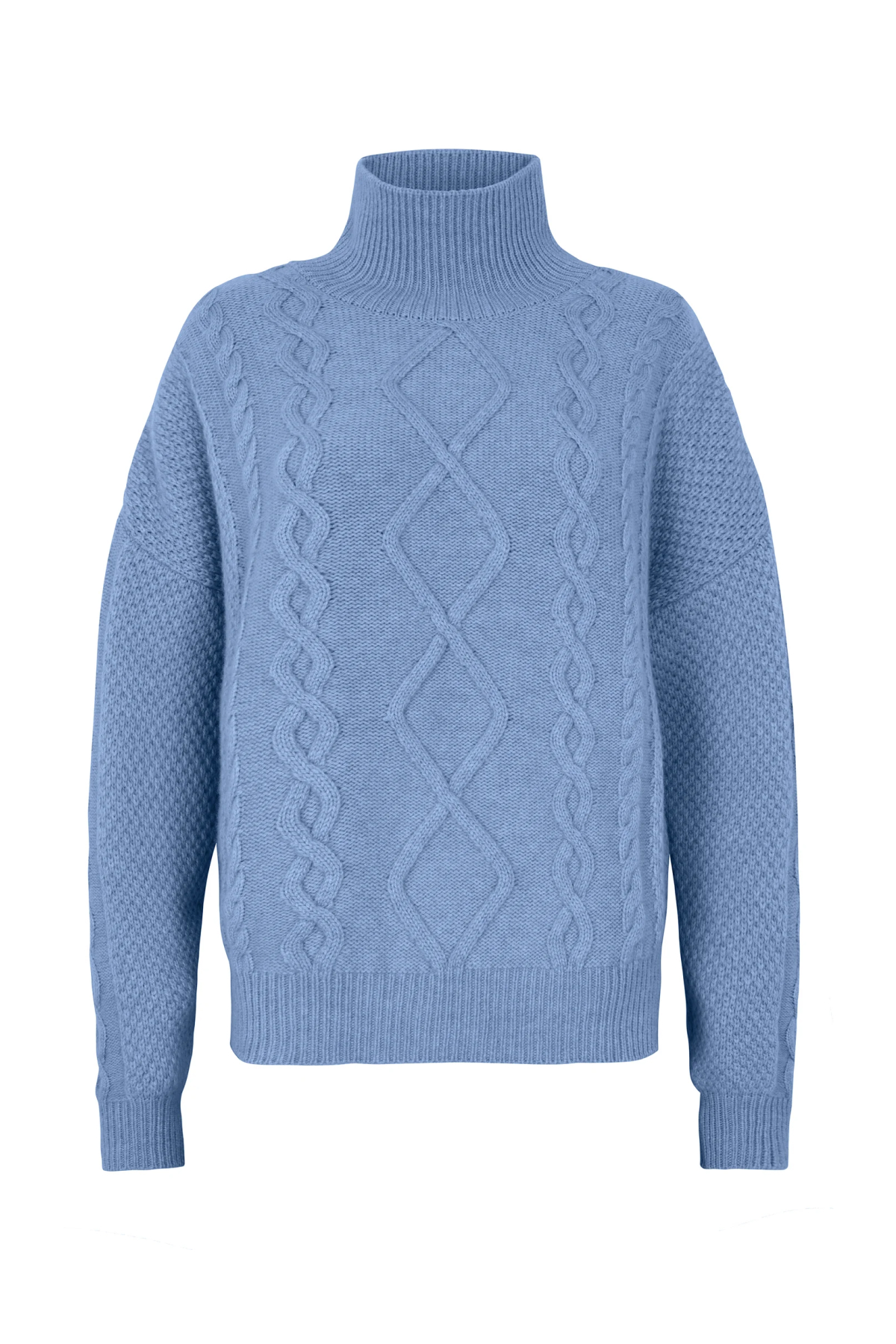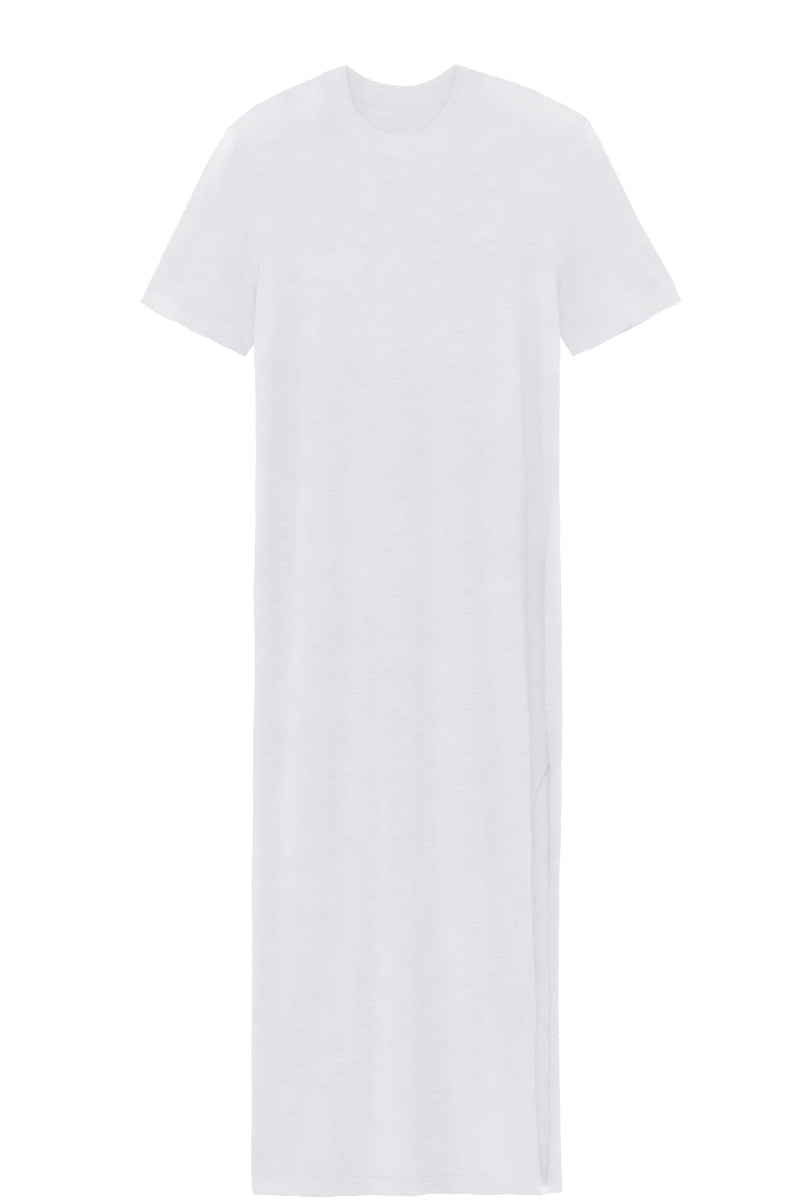This Former Céline Consultant Has Almost Perfected the Cashmere Sweater
Charlotte Björklund is on a mission to warm the world, one knit at a time.
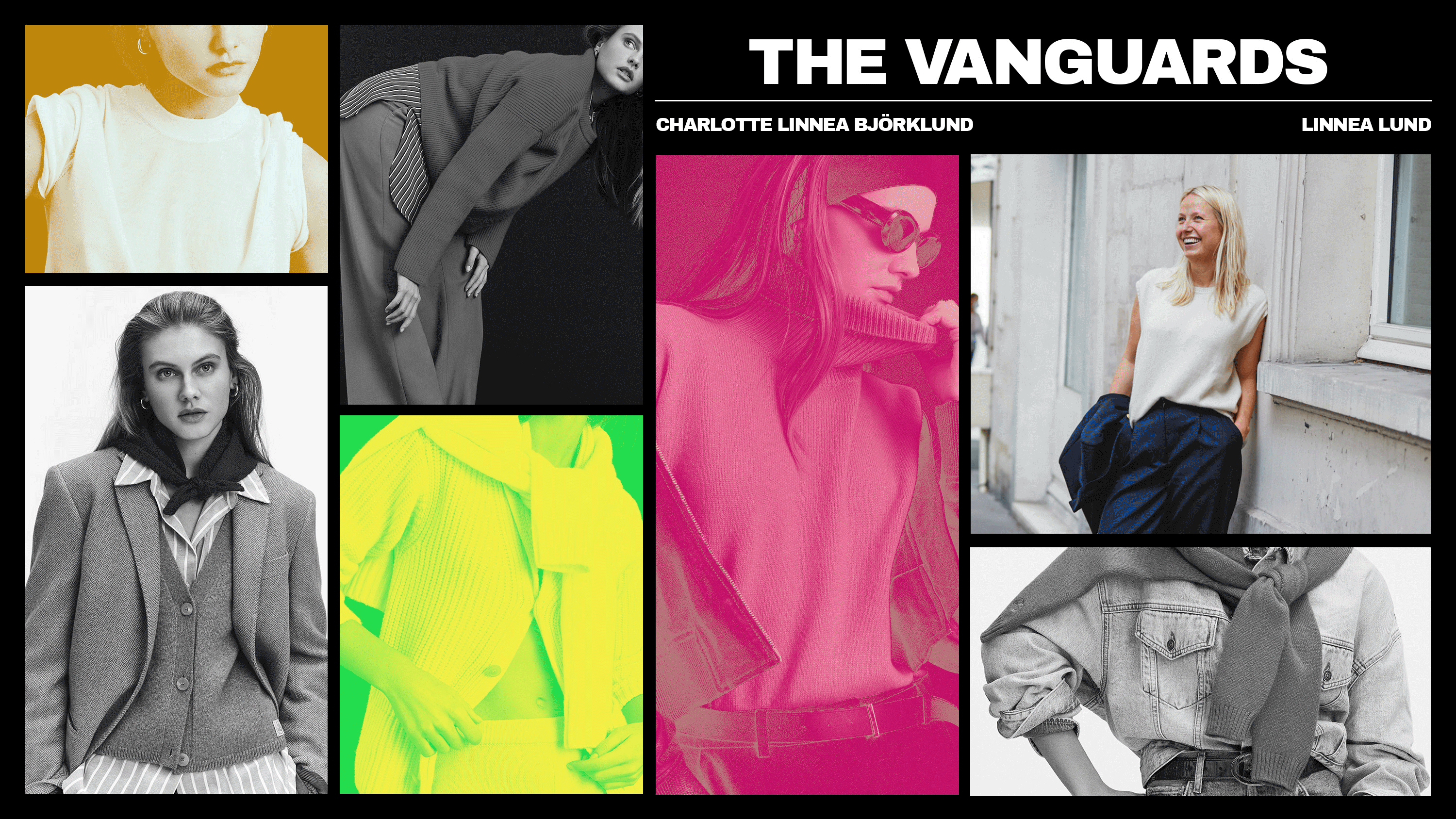
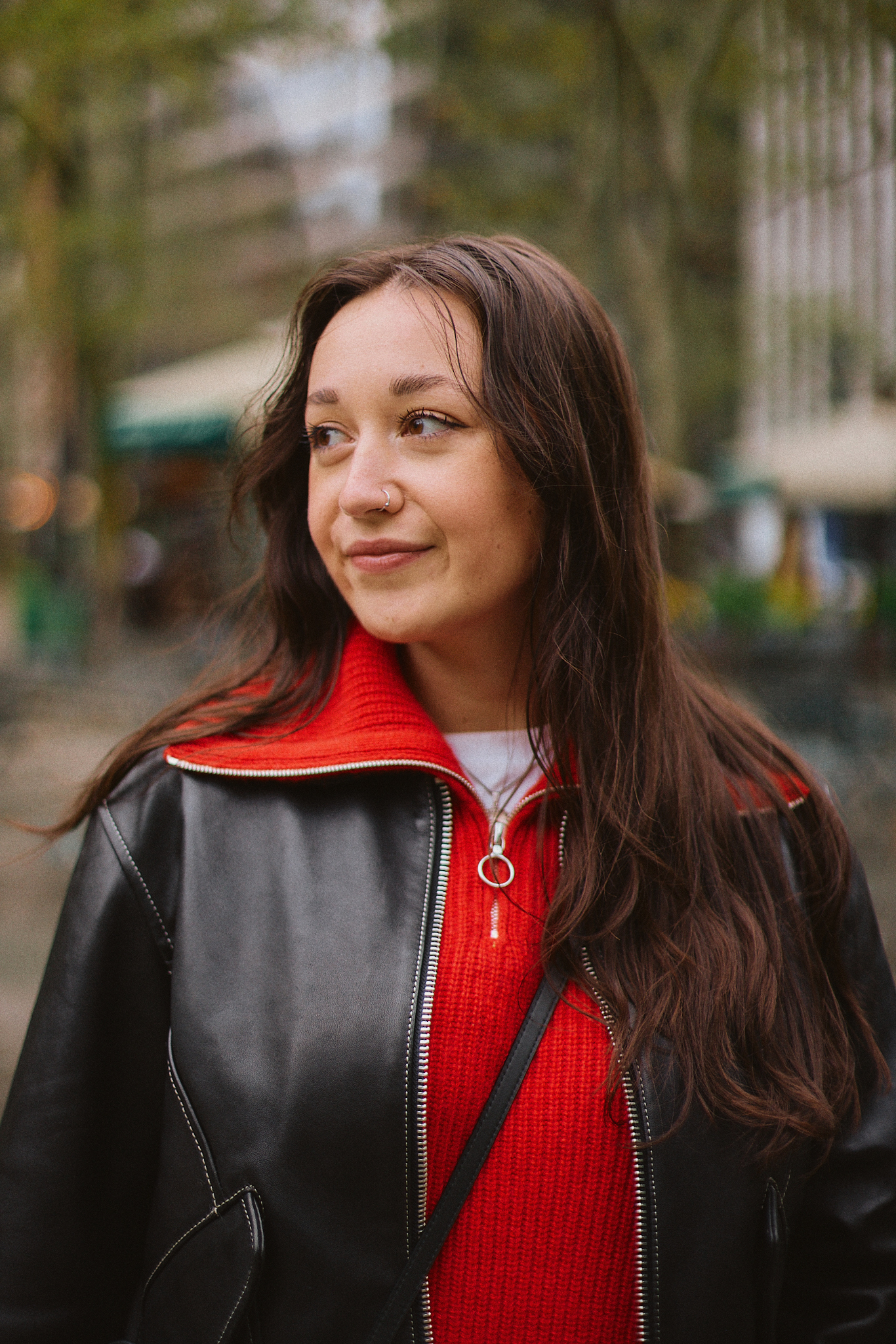
Meet The Vanguards, Marie Claire's fashion franchise spotlighting the names to know. Here, the thought-leading designers, both emerging and veteran, provide a peek inside their process.
You'd expect a knitwear designer to prioritize coziness, but with Charlotte Björklund, it's more of an innate mission. "I think it's my Viking side, my Swedish side—I want to keep people warm," the founder of Linnea Lund shares on a video call. "Our sweaters keep you warm in a more healing way, too, because they're made with love." The Swede cannot suppress the smile that instinctually spreads across her face with that last sentence.
Her sweater brand, Linnea Lund, sells what Björklund calls "conscious" cashmere. She's aware that word might cause trepidation—the designer, who studied fashion at ESMOD in Paris, is also weary of vague buzzwords. "There's a lot of knitwear brands today with eco-labels, and it's very confusing about what's conscious, what's not. What's the difference between a good cashmere sweater and a bad one? Is it the price? The tag?" asks the former Céline retail consultant, tuning in from her brand's headquarters in Paris.
Björklund launched Linnea Lund—her middle name combined with a Swedish word for community and family—in September 2019 to cut through the clutter: "conscious," in the context of her brand, means ethically-produced cashmere made to order. "The idea is a beautiful cashmere line that's trendless, seasonless, unisex, made in Italy, and with 100-percent traceability." (She explains that traceability means they can track when the wool was sourced, not which goat it came from—but that is on her list of goals for the near future.)
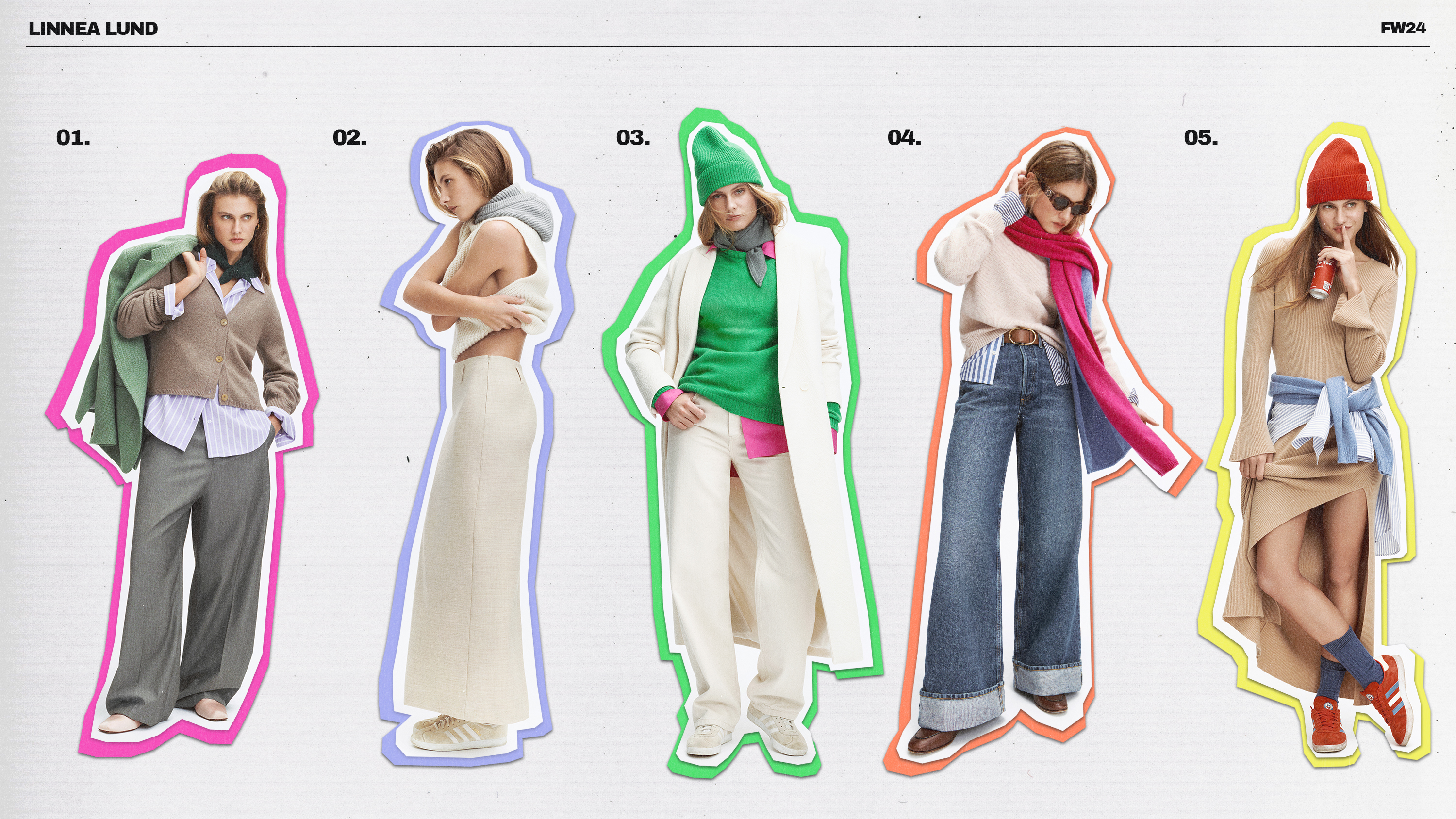
A selection of Linnea Lund's cashmere pieces styled in a recent lookbook.
Björklund, who grew up between Sweden, France, Italy, and the U.S., wants her label to be a melting pot of cultural values—specifically “a mix of Swedish kindness, Italian craftsmanship, and French elegance. It’s important,” the 34-year-old says, with that same smile making an appearance again, “for Linnea Lund to represent the people of the world. I want to dress everybody.” Her universality lends itself to classic, evergreen designs: Fair Isle sweaters, cable-knit crewnecks, Breton-striped shirts, and ribbed cardigans that are roomy but won’t swallow you whole.
Björklund, who previously worked at a trend forecasting company, couldn’t care less about the traditional industry calendar. You can turn to other brands if you’re looking for a sweater that cashes in on the latest fad. "We don't have a new collection every six months. We develop iconics for men and women, pieces you're going to play with all year long and that you'll enjoy having in your wardrobe."
She'd rather focus on the quality of her cashmere. “My father is a chef, so I grew up understanding the importance of well-crafted, local, and seasonal products. When you have well-made products that have been nurtured and cultivated with love, there's not much you need to add to make it even more beautiful. That's what we do with Linnea Lund: we always try to support the yarn as much as possible—embellishing the raw material, not transforming it. We want it to be as it is.”
Stay In The Know
Get exclusive access to fashion and beauty trends, hot-off-the-press celebrity news, and more.

A Linnea Lund fire engine red crewneck sweater in action.
Logistical production processes aren’t always the most stimulating to discuss, but Björklund narrates hers like a riveting relay race.
Linnea Lund’s wool is sourced in Mongolia by shepherds who hand-comb the goats. Each animal provides up to eight ounces of raw fiber, but it’s a slow, tedious process. For instance, Linnea Lund’s casa blanket requires approximately four years of harvests on a single goat. But it is essential, Björklund says, to ensure the well-being of both the workers and animals.
The hair is then brought from Mongolia to a small yarn factory in Italy’s Le Marche region, where it’s turned into a useable textile. Next stop: a family-owned factory in Fano, only ten kilometers from the spinning mill. “It's very important to be as low as possible in terms of carbon impact, too," Björklund notes. There, the sweaters are made by Marco, Björklund’s manufacturer, to whom she exclusively refers by name. “He's worked in his family’s knitting mill since he was 15. I think it’s very important to give the makers of our clothes visibility and put them as much as possible in the spotlight," she tells me.
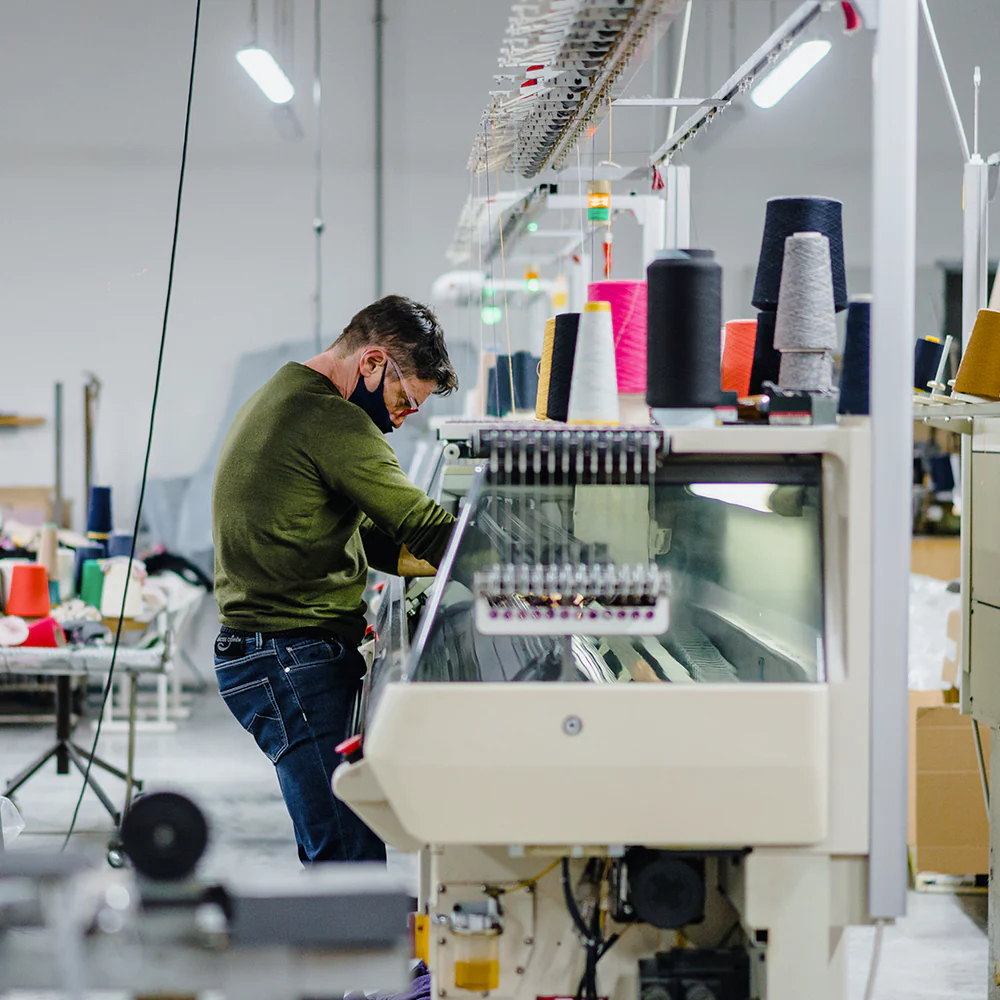
Linnea Lund's knitter, Marco, hard at work in his family's factory.
The shopping process is equally as intriguing as the production. "What happens is that you can either go into a Linnea Lund store"—the brand has two: one in Stockholm, one in Pairs, which Björklund just opened in time for Paris Fashion Week—"find your happiness with a piece in stock, and buy it there. Otherwise, you select a sweater in the color of your choice from our palette of 20 to 30 colors, and it'll be made for you in Italy within two to three weeks."
During her video call, Björklund pulls out a booklet of color options to showcase Linnea Lund's current options. "The colors depend on the week because we only work with existing and overproduced yarn," she explains. The designer gestures to a bright red—the same shade as the cherry-colored cardigan she's wearing—a bright sunset orange, a pebble gray blended with white, beige, and a bit of yellow. "Our colors are very unique, but again, we're not the ones who decide the colors in the end. It's the customer."
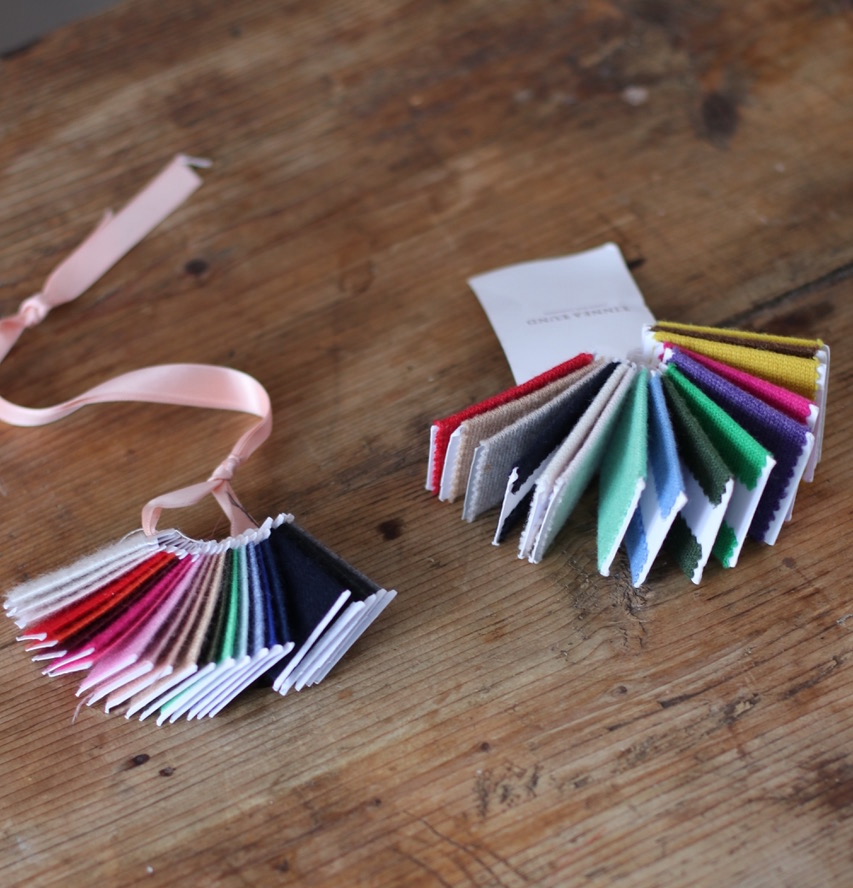
An array of colors for Linnea Lund's customers to consider for their cashmere.
Ultimately, Björklund says people are the core of her brand—forgoing the knitwear even. “The human aspect, for me, is very important,” she says and cites what her father, the chef, ingrained into her. “When you go into a nice restaurant and the chef comes out and explains, ‘Okay, so this bread has been baked for 12 hours,' or whatever, you have another level of respect for your meal." That’s what she strives to do with Linnea Lund's transparency.
“I want people to understand what's behind every sweater, from the goats to yarn to the knitting. For them to understand that a sweater is not just made by clicking on a button and then printed: It's something knitted and made with love by people. If you order a sweater like this tomorrow”—again, gesturing to her ruby red cardigan—"it's going be made for you in Italy by Marco and his family.” With just that thought alone…you'll feel a bit warmer.

Emma is the fashion features editor at Marie Claire, where she explores the intersection of style and human interest storytelling. She covers viral styling hacks and zeitgeist-y trends—like TikTok's "Olsen Tuck" and Substack's "Shirt Sandwiches"—and has written hundreds of runway-researched trend reports about the ready-to-wear silhouettes, shoes, bags, colors, and coats to shop for each season. Above all, Emma enjoys connecting with real people to yap about fashion, from picking an indie designer's brain to speaking with athlete stylists, entertainers, artists, politicians, chefs, and C-suite executives about finding a personal style as you age or reconnecting with your clothes postpartum.
Emma previously wrote for The Zoe Report, Editorialist, Elite Daily, Bustle, and Mission Magazine. She studied Fashion Studies and New Media at Fordham University Lincoln Center and launched her own magazine, Childs Play Magazine, in 2015 as a creative pastime. When Emma isn't waxing poetic about niche fashion discourse on the internet, you'll find her stalking eBay for designer vintage, reading literary fiction on her Kindle, doing hot yoga, and "psspsspssp-ing" at bodega cats.
-
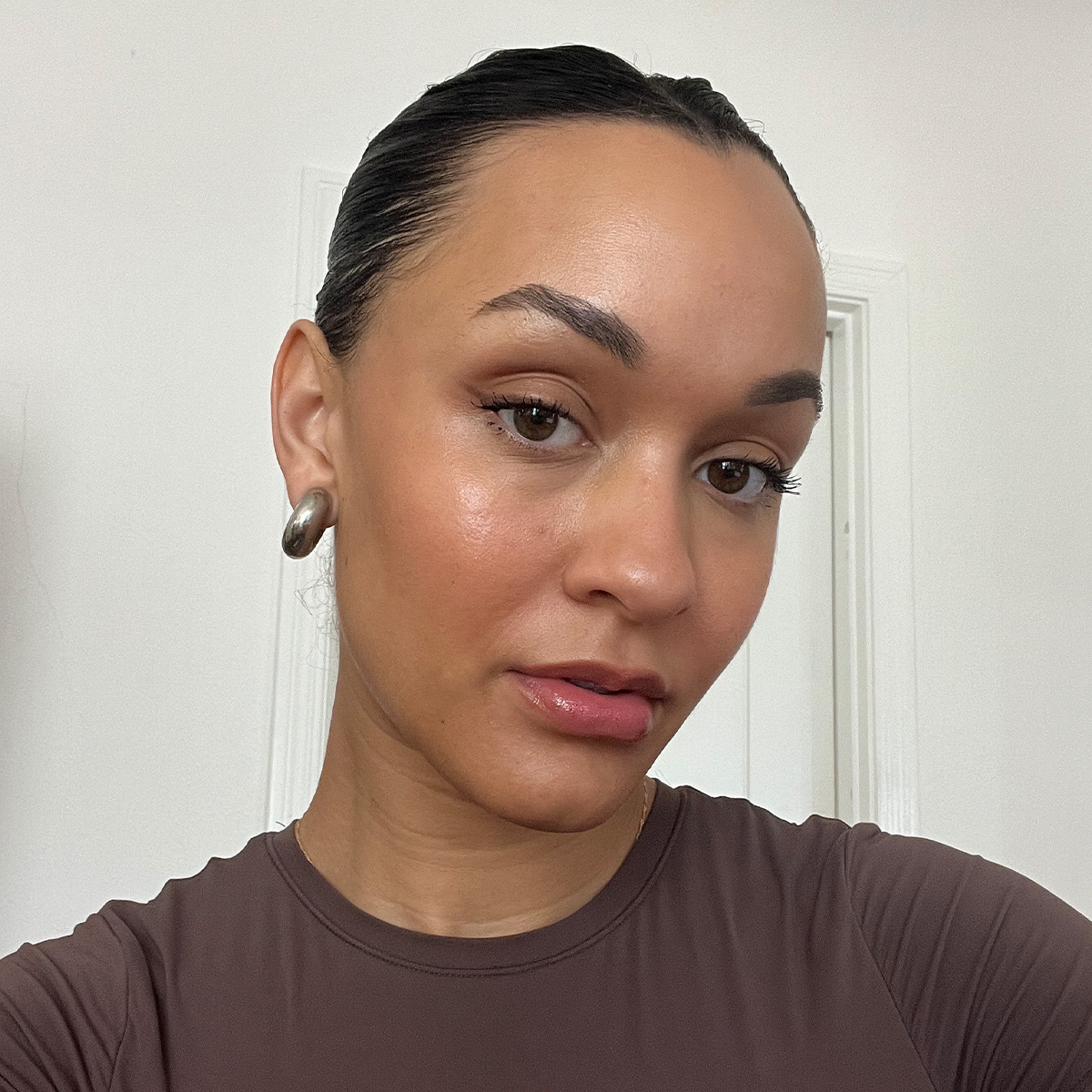 Get in, We're Testing Wearable Makeup Trends for Spring 2025
Get in, We're Testing Wearable Makeup Trends for Spring 2025They're affordable and so of-the-moment.
By Aniyah Morinia Published
-
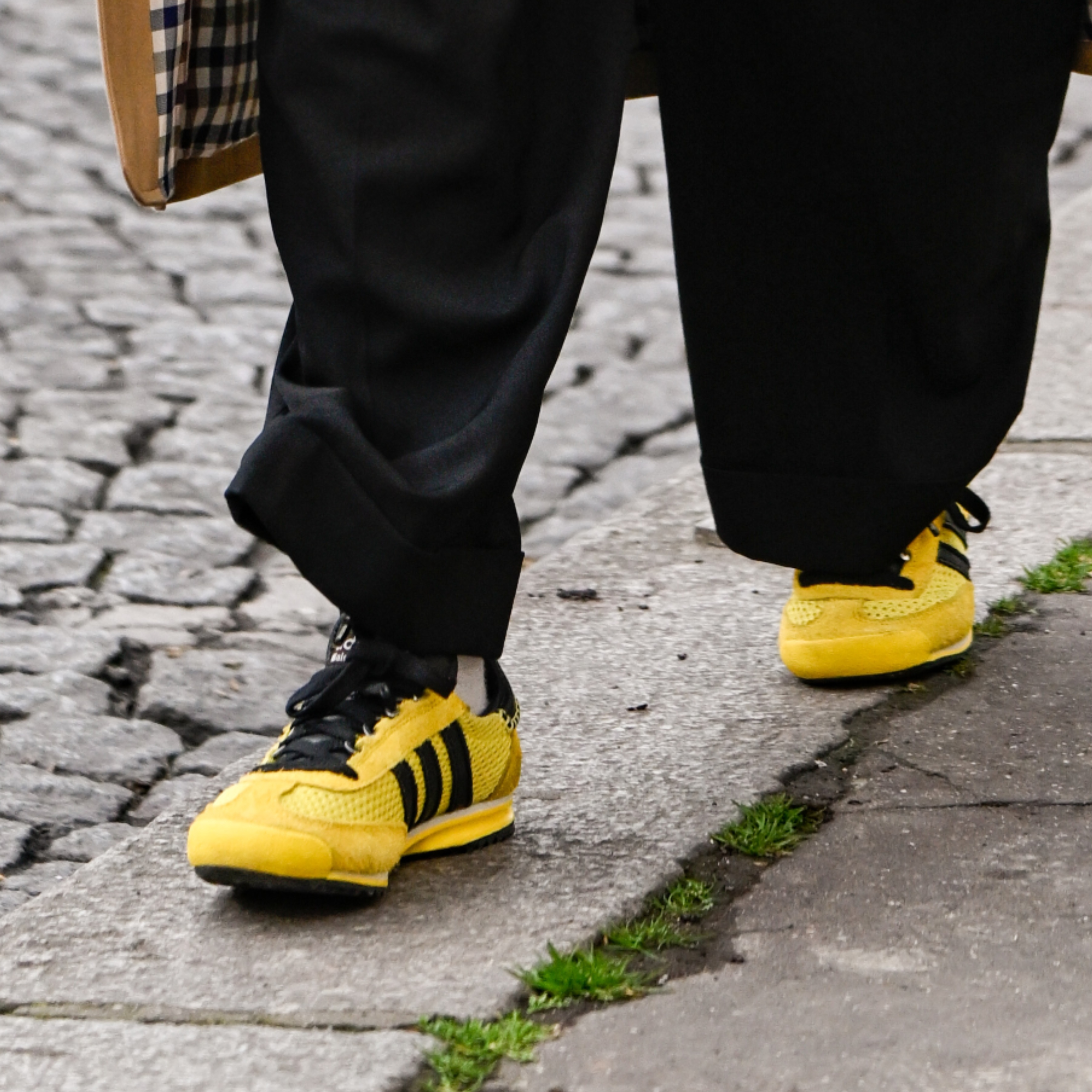 The Shoe Trends Defining My Wardrobe Right Now
The Shoe Trends Defining My Wardrobe Right NowI can't stop wearing them.
By Nikki Ogunnaike Published
-
 Adria Arjona Smells Irresistibly Delicious Courtesy of This $48 Hair Oil
Adria Arjona Smells Irresistibly Delicious Courtesy of This $48 Hair OilPlus the makeup routine that helps her feel "like a rebel."
By Ariel Baker Published
-
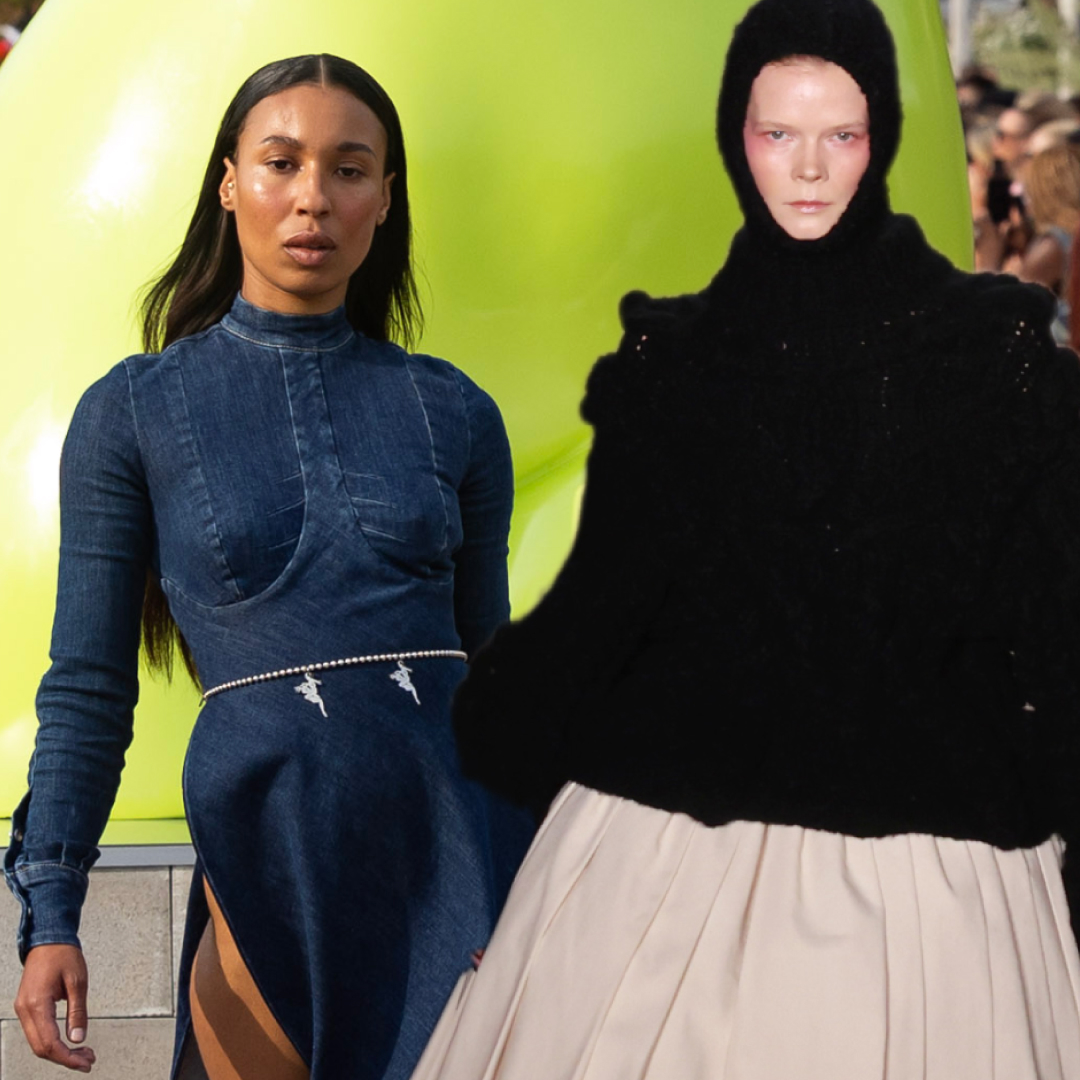 The 2025 LVMH Prize Semifinalists Suggest Inclusive Design Is Worth the Investment
The 2025 LVMH Prize Semifinalists Suggest Inclusive Design Is Worth the InvestmentThe 2025 LVMH Prize Semifinalists are a sign of fashion's forward-thinking future.
By Halie LeSavage Published
-
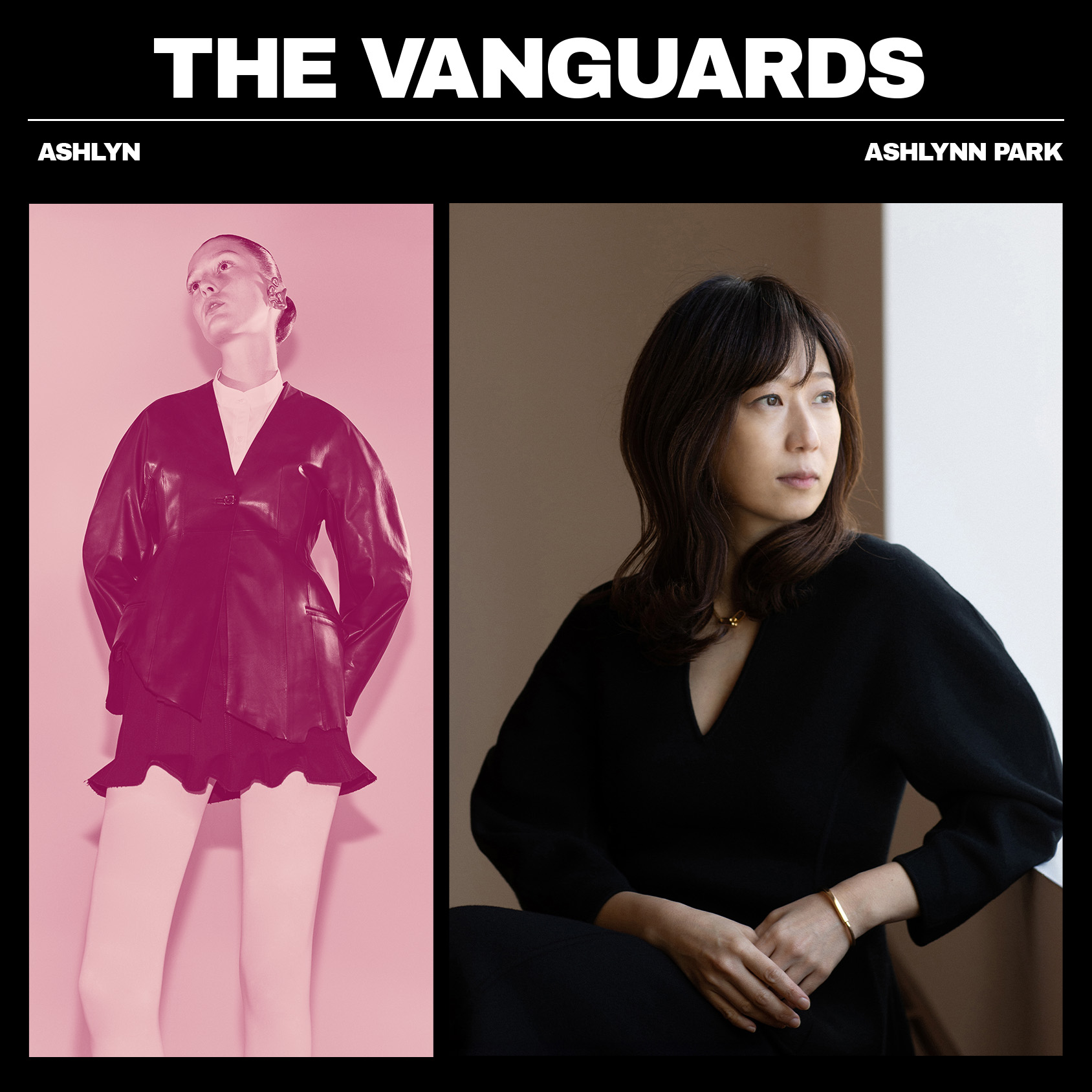 Designer Ashlynn Park Learned From Fashion Legends—Now, She's Forging Her Own Legacy
Designer Ashlynn Park Learned From Fashion Legends—Now, She's Forging Her Own LegacyWith mentors like Issey Miyake and Yohji Yamamoto, Park has become an expert at creating beautiful shapes from scratch.
By Emma Childs Published
-
 Truman Capote Had His Swans—Now Christopher John Rogers Has His Squirrels
Truman Capote Had His Swans—Now Christopher John Rogers Has His SquirrelsAs the designer prepares for his much-anticipated runway show at New York Fashion Week, we tap into the vibrant cult following that fuels his rainbow-colored world.
By Emma Childs Published
-
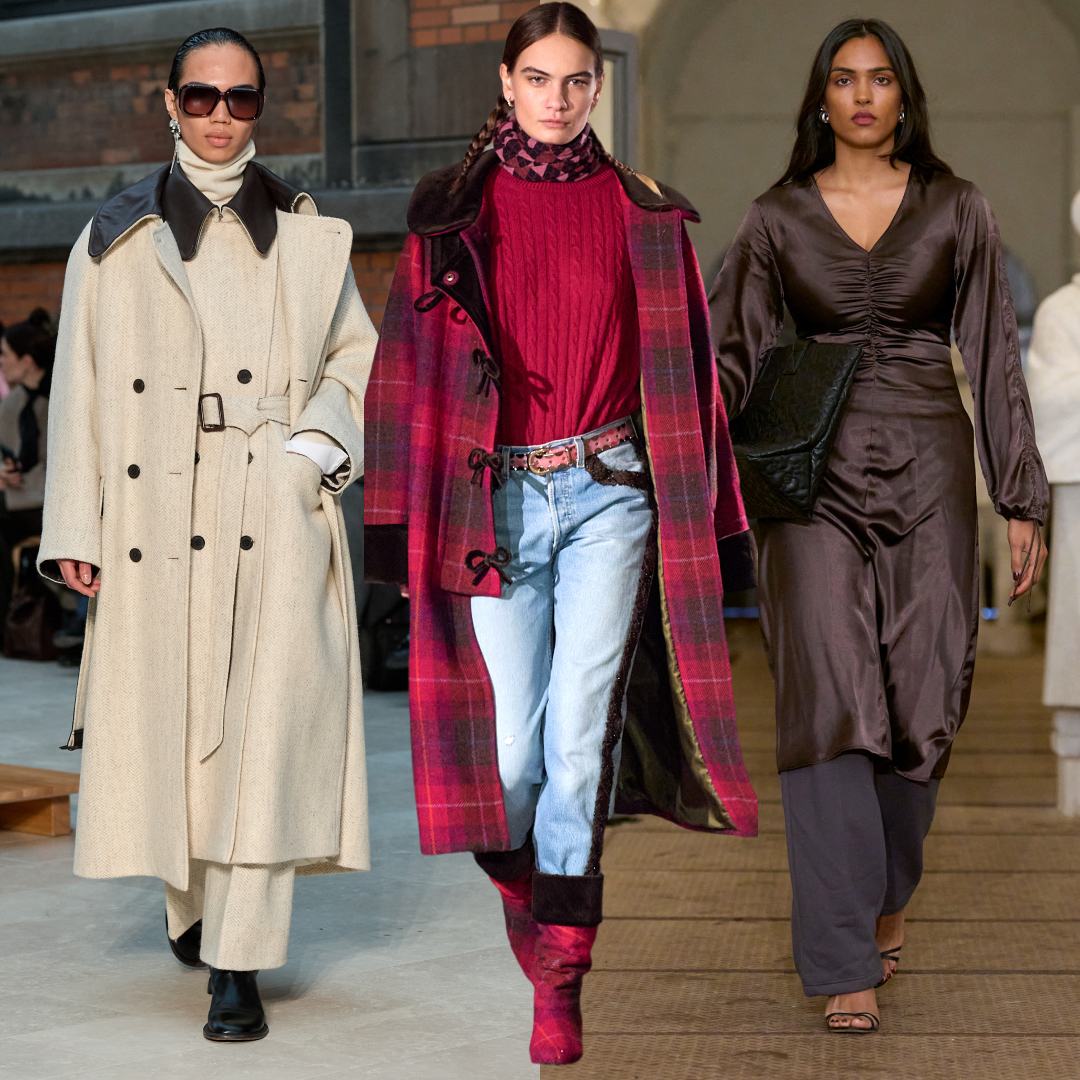 Copenhagen Fashion Week's Best Fall 2025 Collections Say Sustainable Design Isn't a Compromise
Copenhagen Fashion Week's Best Fall 2025 Collections Say Sustainable Design Isn't a CompromiseCopenhagen Fashion Week's Fall 2025 runways reminded guests that eco-conscious design can also be fun.
By Halie LeSavage Published
-
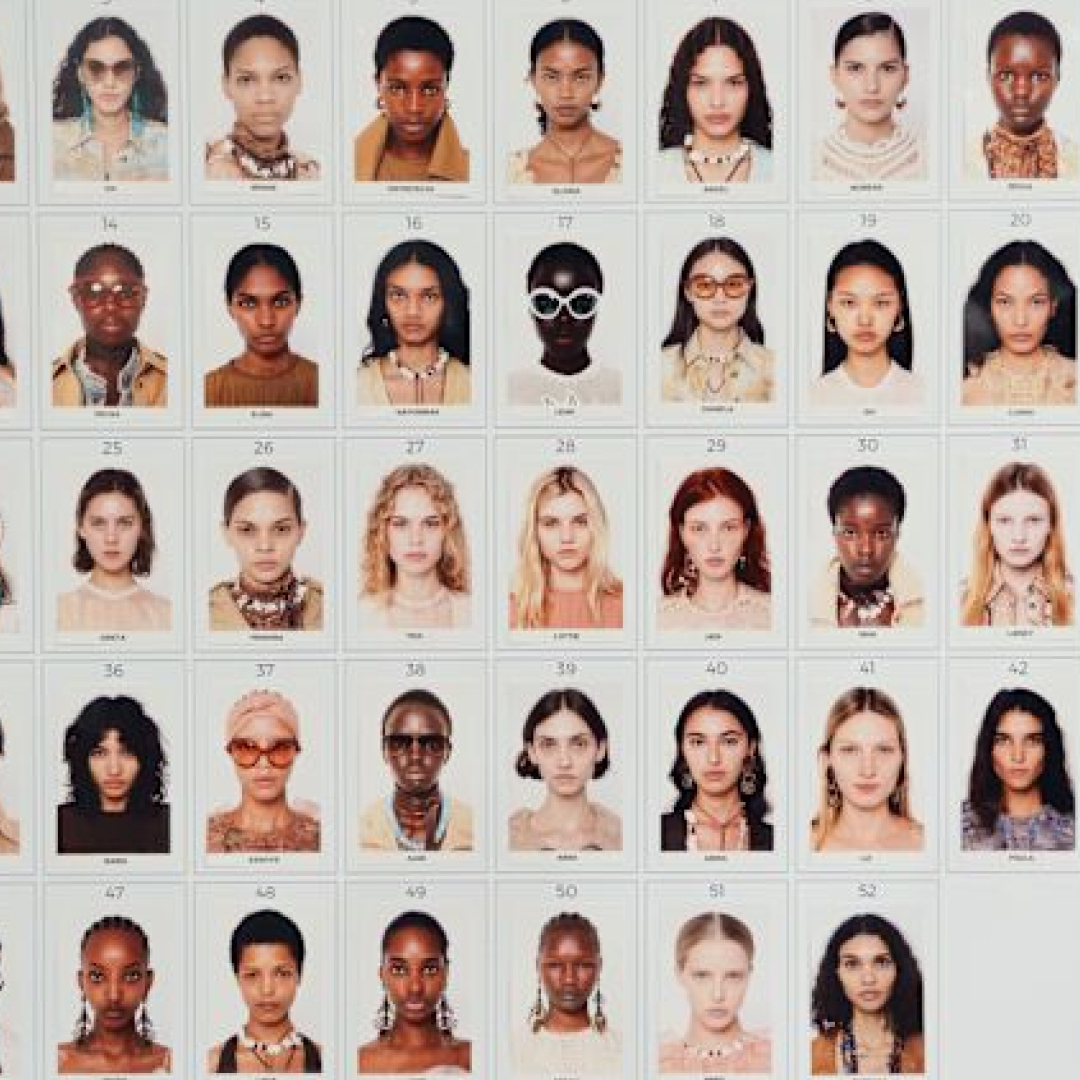 Where Did All the Size-Inclusive Fashion Go?
Where Did All the Size-Inclusive Fashion Go?Spring 2025's runways glorified thinness to a troubling degree.
By Halie LeSavage Published
-
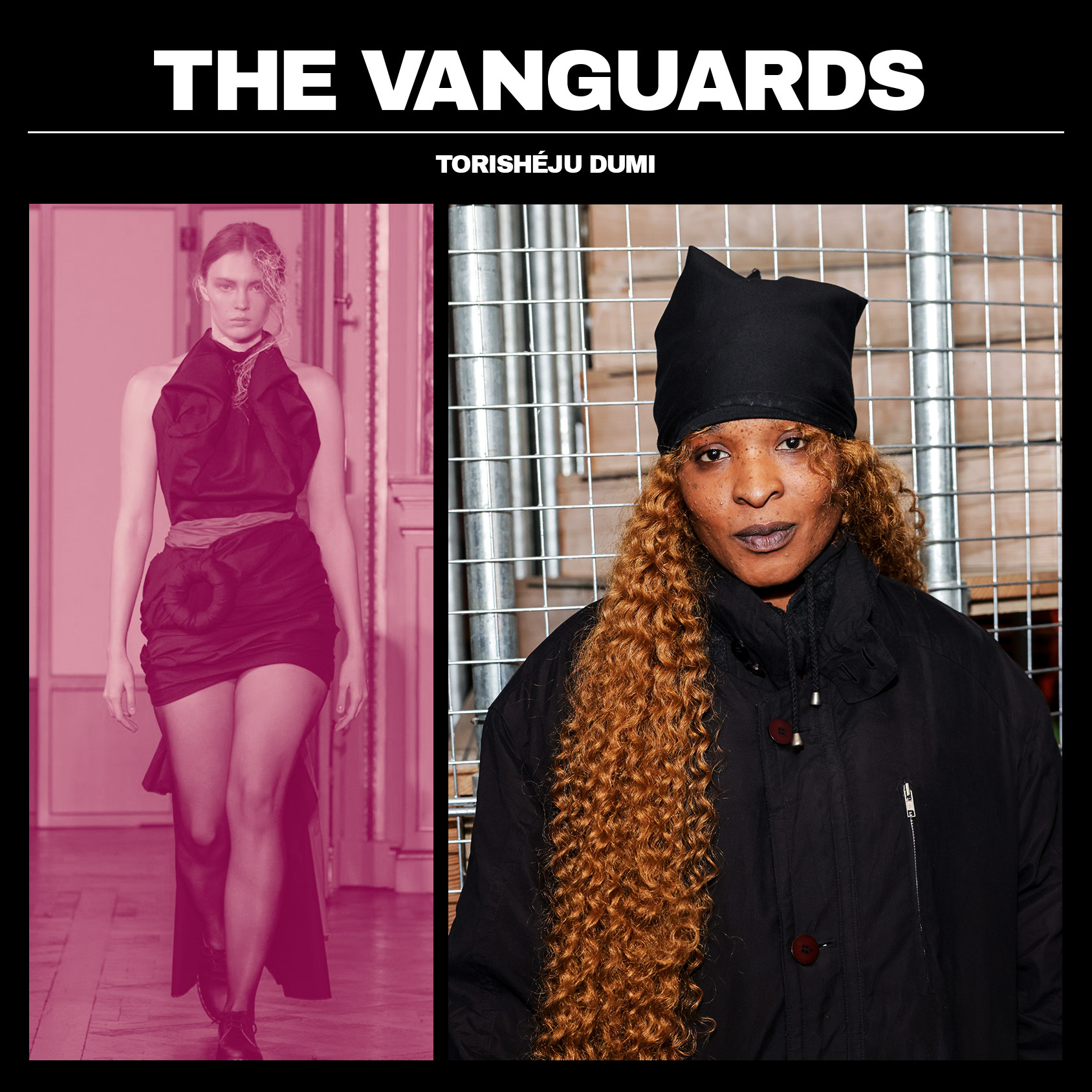 Torishéju Dumi Is the New Name To Know From Paris Fashion Week
Torishéju Dumi Is the New Name To Know From Paris Fashion WeekShe debuted last year with Naomi Campbell and designed Zendaya's 'Dune' red-carpet look—now, the industry darling is gearing up for her second show.
By Emma Childs Published
-
 New York Fashion Week's Best Spring 2025 Looks Redefine Real Clothes
New York Fashion Week's Best Spring 2025 Looks Redefine Real ClothesKallmeyer, Rachel Comey, and Maria McManus define a new kind of everyday aspiration.
By Halie LeSavage Published
-
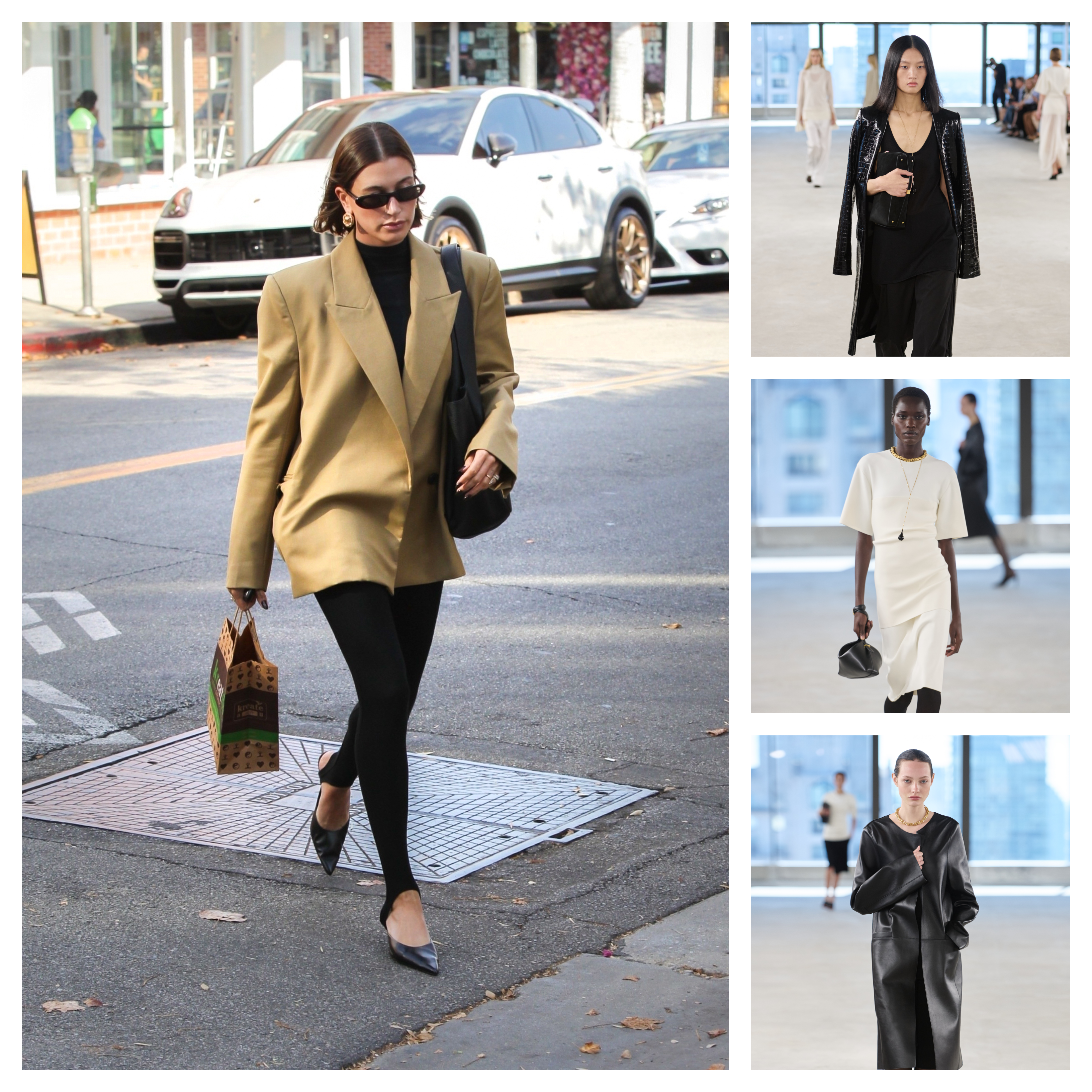 What Does Toteme Clothing Have That Other Minimalist Brands Don't?
What Does Toteme Clothing Have That Other Minimalist Brands Don't?The label positively took over New York Fashion Week.
By Halie LeSavage Last updated
